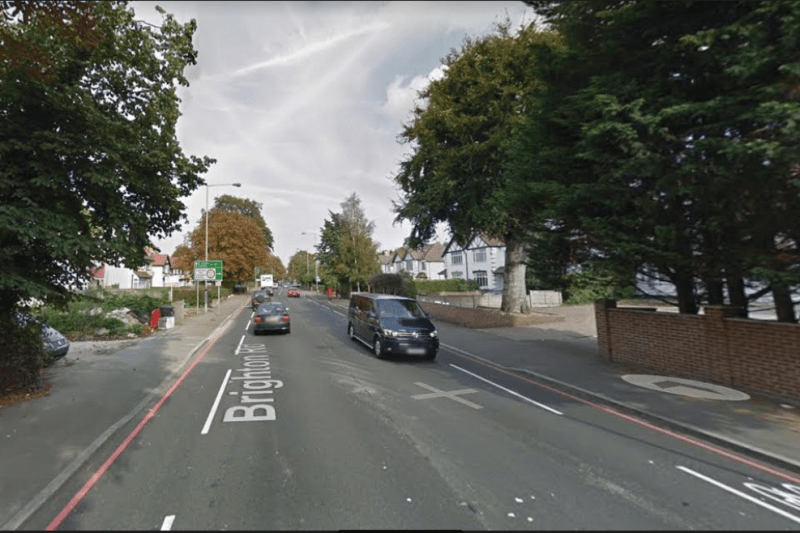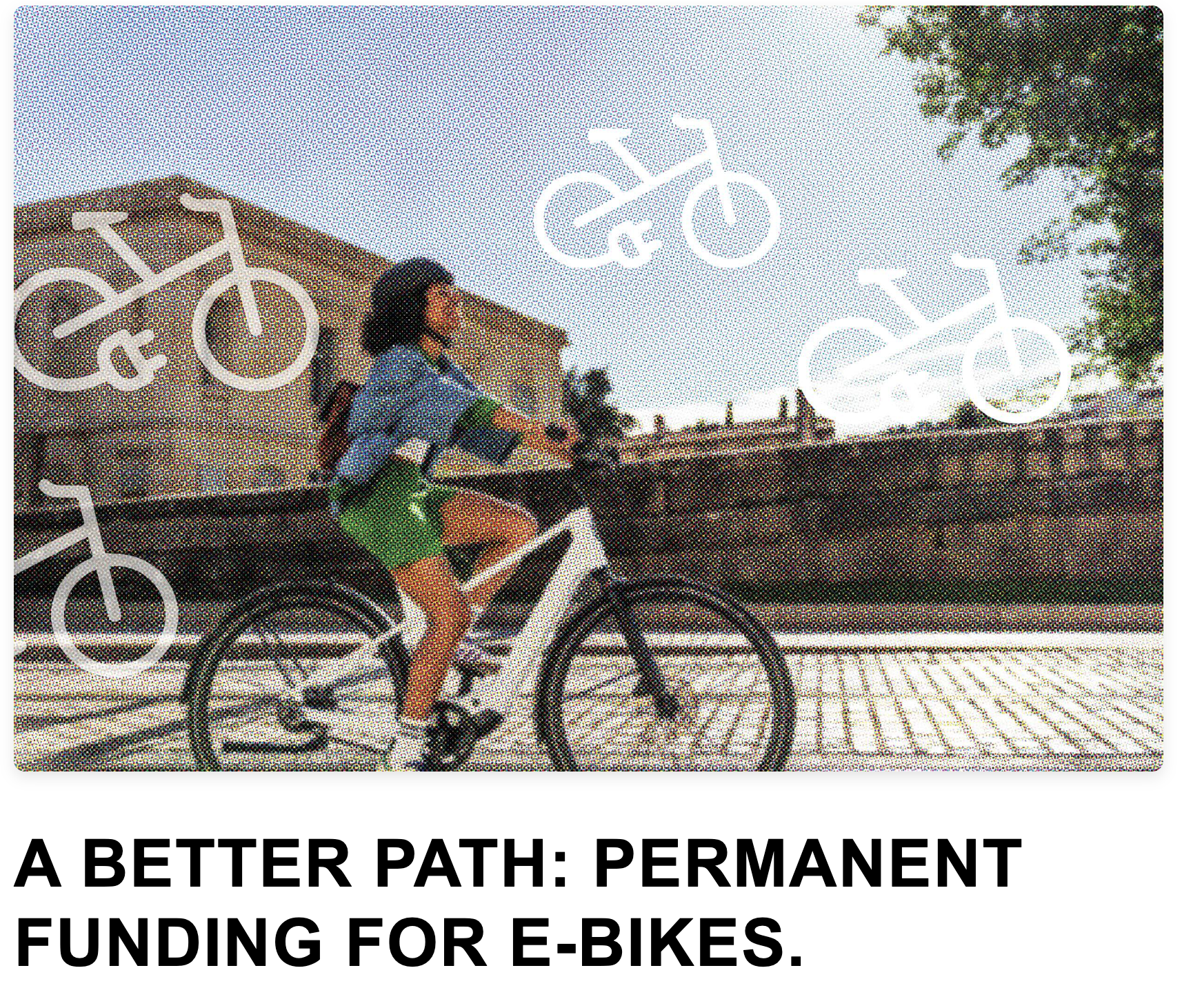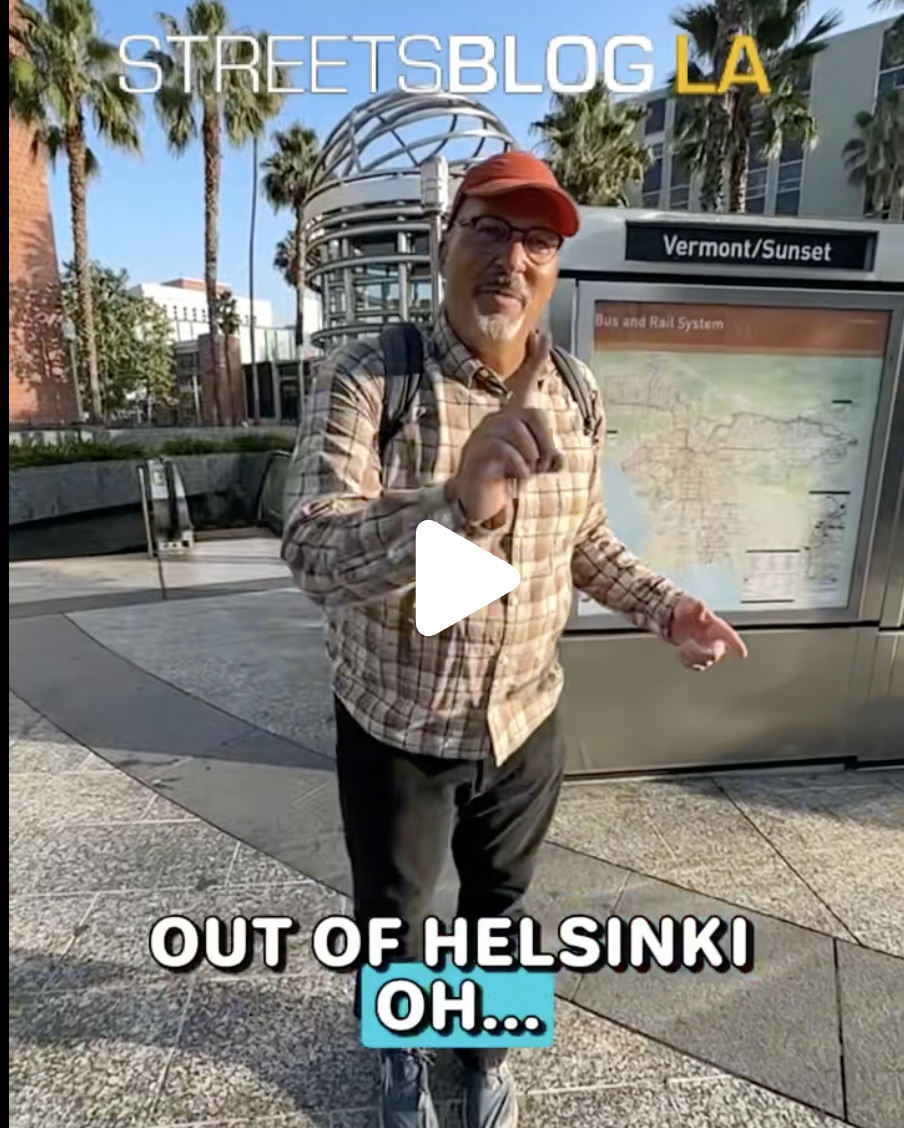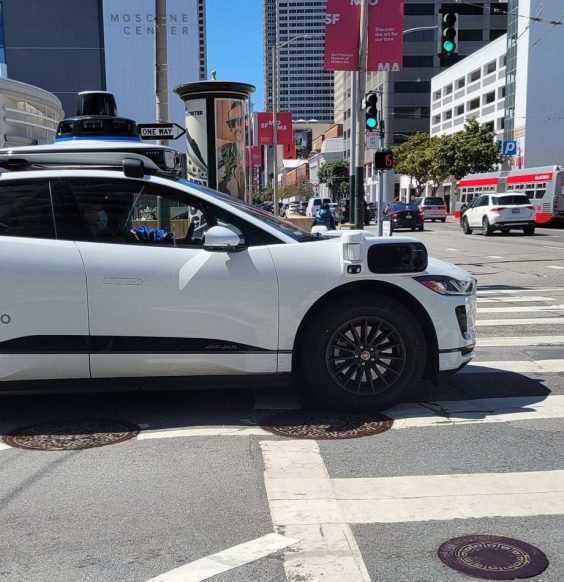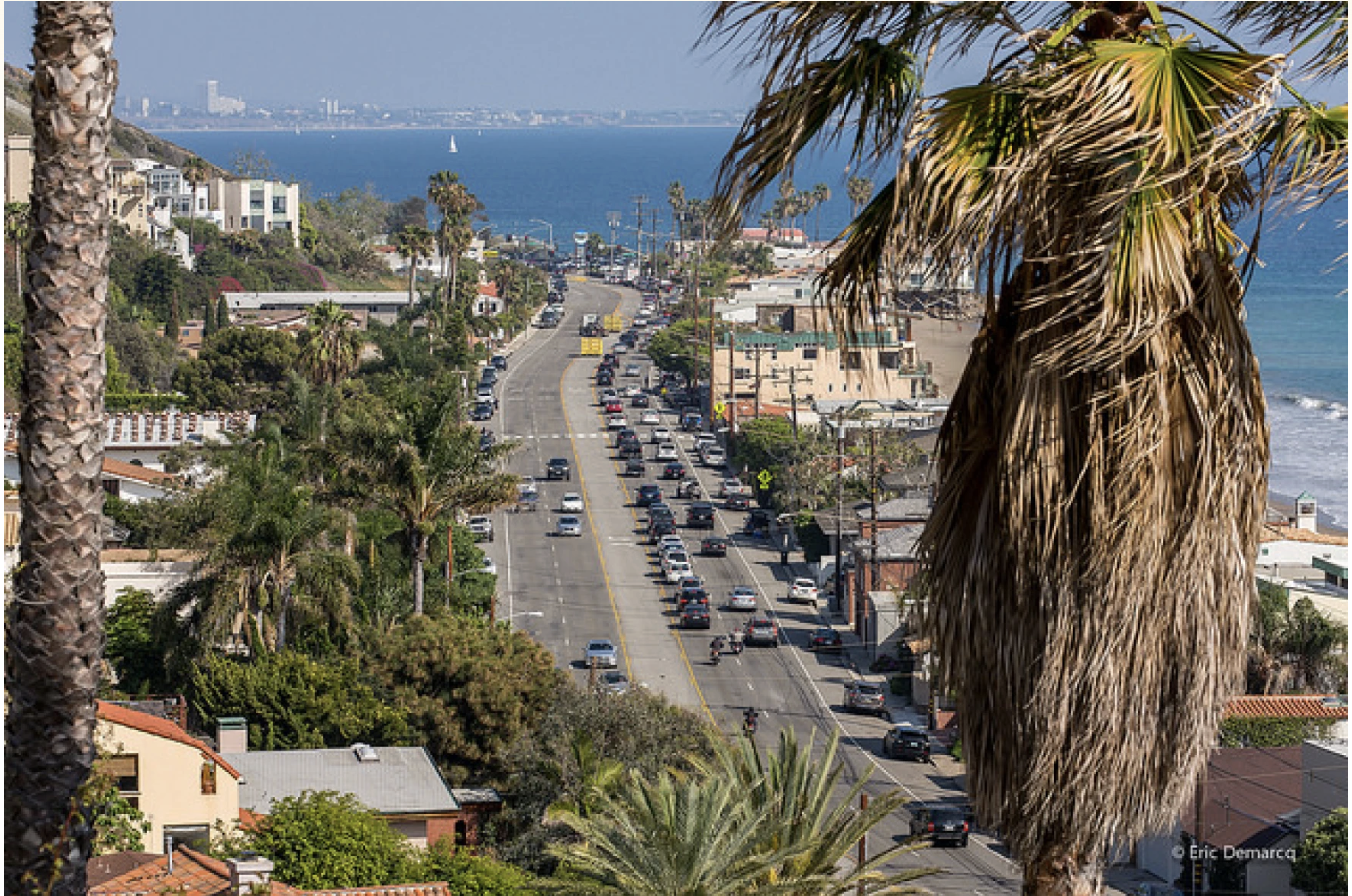"Island Press has granted Streetsblog the exclusive right to publish a series of excerpts from Jeff Speck’s new book, Walkable City Rules. These will be shared over the next several months in conjunction with the book’s October release.”
RULE 71: When repaving a two-lane, two-way street in an area where pedestrians are present, do not include a centerline without a site-specific justification.
Our friends at the Ministry of Silly Driving (a.k.a. Transport for London) had been suspicious for some time that streets might be safer without a center stripe. The city had already enacted in 2009 a “Better Streets” policy that embraced the Dutch concept of Naked Streets (see Rule 77), and engineers in the department were hopeful that a “less is more” approach might apply to centerlines as well. Holding to the initially counterintuitive logic of Naked Streets, these engineers expected that centerlines are one of many road markings that can make drivers feel more confident, causing them to speed as a result.
The city repaved three two-lane regional roads without centerlines, and compared driver speeds before and after. The results did not disappoint: when adjusted for the not insignificant impact of fresh pavement—which notably tends to encourage speeding—drivers on the reconfigured streets slowed down about 7 mph on average.
In the context of danger to people walking, 7 mph is a huge margin. At the speeds witnessed in this study, around 30 mph, a 7 mph reduction can cut the risk of death almost in half. As one considers driver behavior, this study’s outcomes are unsurprising. While making an effort to avoid conjecture, the authors suggest that some drivers “position their vehicles close to a white line regardless of the traffic conditions, believing it is their ‘right’ to be in that position.
Centerline removal introduces an element of uncertainty which is reflected in lower speeds.” They also note that the most conspicuous speed reductions occur when drivers see oncoming vehicles approaching.
It turns out that this study was not the first of its kind. The authors note an earlier effort undertaken by the Wilshire County Council between 2003 and 2007, which found that resurfacing streets without centerlines led to not only lower speeds, but also fewer injury crashes. And prior research by the UK’s independent Transport Research Laboratory had similar findings.
Based on all this evidence, with no opposing data, it seems safe to conclude that streets without centerlines are safer. Any public works department that insists on keeping them, without substantial evidence to the contrary, is likely valuing convention over human lives.
A few notes deserve elaboration. First, the increased speeds caused by resurfacing are real, averaging 4.5 mph in this study. The implied instruction worth sharing here is that, unless a safer striping configuration is being introduced, it likely hurts safety to resurface a road before mandated by deteriorating pavement.
Second, the study’s authors note that “not all roads would be suitable for removing central markings, particularly where the markings highlight a particular hazard.” There are exceptions to every rule, but purported exceptions must be reviewed critically.
Footnotes:
211 Ryan Cooper and Sam Wright, “Centerline Removal Trial,” Outcomes Design Engineering, Transport for London (August 2014), http://content.tfl.gov.uk./centre-line-removal-trial.pdf.
212 Ibid.
213 Ibid.
